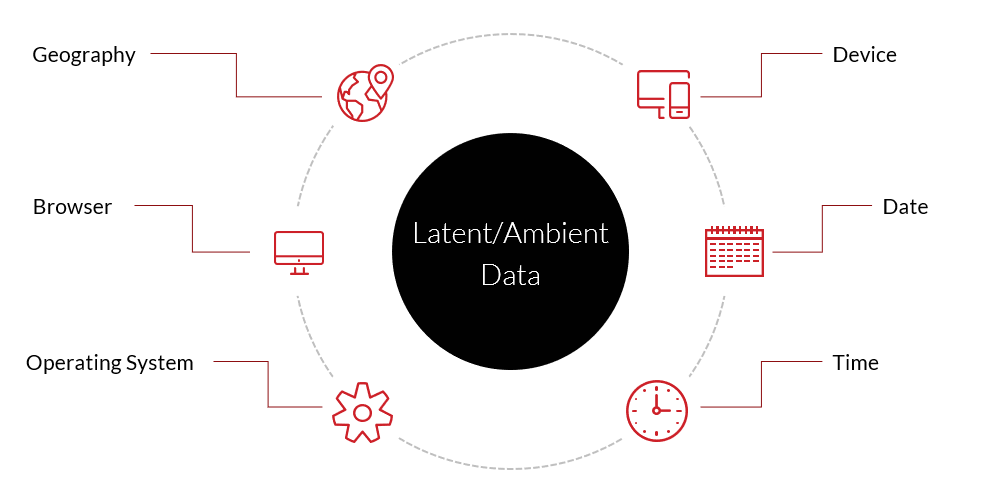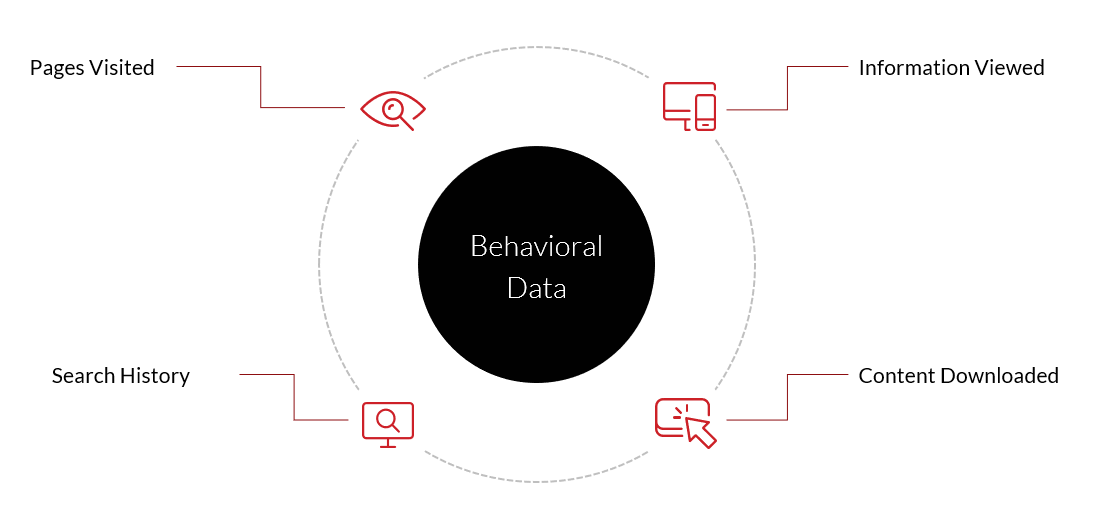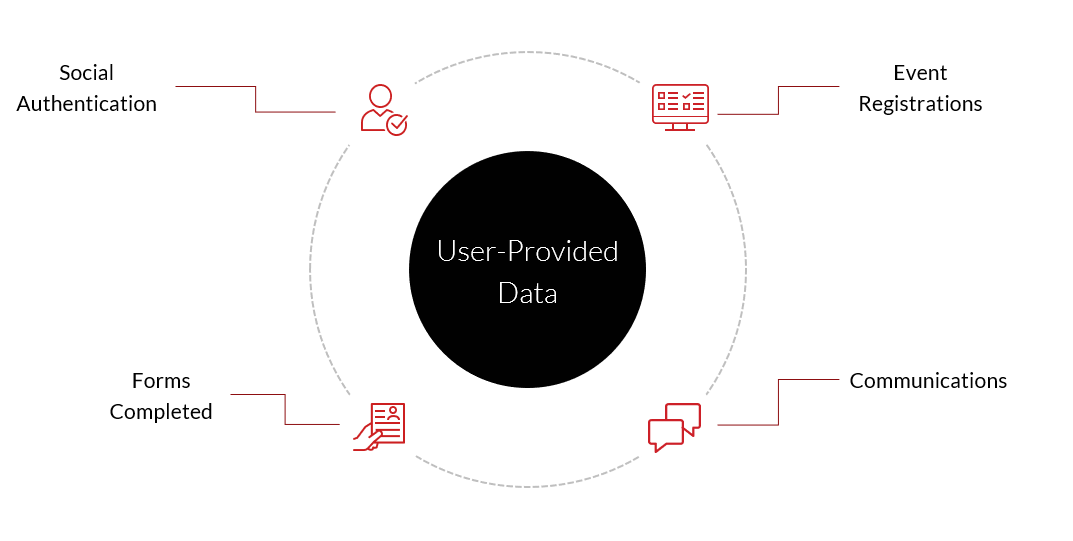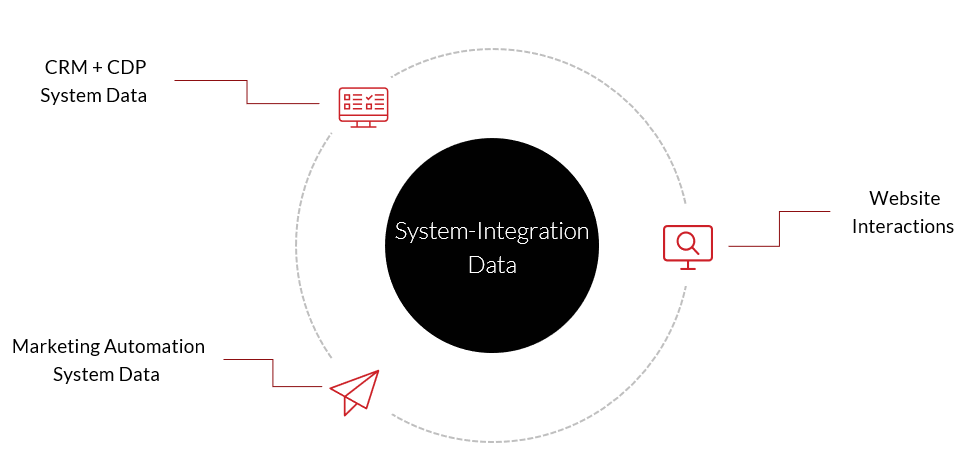Clinical technology has become incredibly advanced, but when it comes to patient experiences, the healthcare industry is lagging behind. We have the technology to clone an organ, yet siloed data is still causing fragmented patient experiences. Despite this, healthcare consumers are demanding that organizations provide experiences personalized to the degree that they have come to expect in other industries. Forbes reports that “half of healthcare consumers say a bad digital experience can ruin their entire experience with a provider, and about one in four would switch providers for high-quality digital services.”
There are many paths to personalization, but healthcare organizations (HCOs) need to plan how they are going to use data to get there. Here are four ways to utilize data to learn more about patient’s needs and create more personalized healthcare experiences.
1. Latent/Ambient data
Latent, or ambient, data allows us to look at the geographic location of consumers, browser information, operating systems, device information, as well as the date and time of when the information was collected. Looking at the geographic location of consumers, we can match patients in need of care in a specific region to a local physician with the capacity to serve them.

2. Behavioral Inference
Another type of data that is commonly used for personalizing experiences is behavioral data. This type of data does not involve personal health information (PHI). However, it still allows us to gain insights into patients’ intent and where they are in their care journey- pages visited, search history, information viewed, and content downloaded.
For example, if a patient is viewing content on your website about lung cancer, you can infer that they are either experiencing the symptoms of lung cancer or researching for a loved one. You could then use this behavioral data to identify the best next care action and serve content commonly consumed by patients who exhibit similar behavior. With an understanding of intent, we can curate a better and more personalized experience for the user.

3. User-Provided
User provided data is collected when a patient directly indicates that they are interested. This is a user’s way to tell you that they need help or want to understand more about certain treatments. A great way to collect this type of data is through the completion of forms and event registries, social authentication, surveys, and direct communications like calls, emails, and chats.
There is no guessing when it comes to patient intent through user-provided data. They are telling you exactly what they need to continue their healthcare journey. You just have to guide them to the best next step! And this is made possible with a carefully designed data strategy to collect and integrate disparate patient data while adhering to healthcare privacy regulations.

4. System-Integration
In order to implement personalization correctly, there are many components that must work together. For personalization to work, you must also consider marketing automation, omnichannel interactions, and integrating your CRM, CDP, and EMR. These integrations provide a more comprehensive view of the healthcare consumer. With siloed systems, a fully personalized experience is difficult to achieve.

Partner With Perficient!
HCO’s recognize that they need to evolve and often turn to us for guidance on how to achieve personalization in healthcare. Personalization is a must, but it’s complex and challenging to get right, especially in healthcare with data privacy concerns.
Our healthcare, life sciences, journey sciences, and technical experts can help you get a comprehensive view of your consumers and implement personalized healthcare experiences through:
- Strategy: visioning, KPIs, maturity assessment, personas and journeys, ROI model, and roadmap
- Technology: system evaluation, technology selection, implementation, and system integration
- Data Ecosystem: data evaluation, interoperability, predictive analytics, customer 360 data strategy, identity resolution, and data management
- Campaign Activation: content strategy, SEO, paid media, mobile/SMS, email, experience design, and AI
- Analytics: tagging & taxonomy, BI report, performance analysis, A/B testing, attribution, and user motivation
Contact us to discuss your organization’s specific goals.

